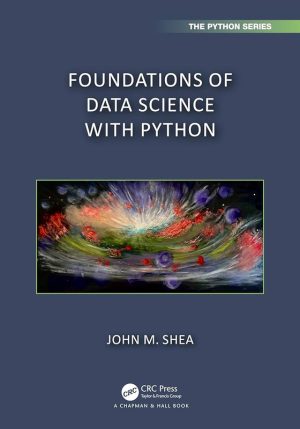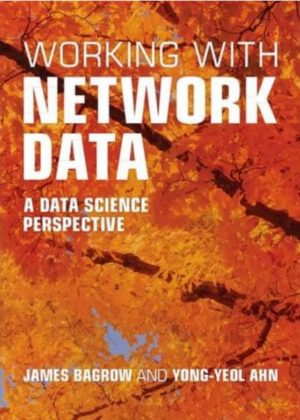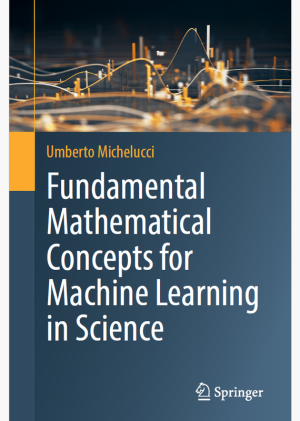Description
Machine Learning for Econometrics
Econometrics and machine learning (ML) share many statistical tools. However, the philosophies and goals of these two approaches often differ in subtle ways. The purpose of this textbook is to see how we can harness the forces of ML to achieve the goals of econometrics.
The core chapters of this book are divided into 5 main parts. Part I introduces the base statistical and causal inference tools that the book rely upon. In Part II, we focus on high-dimensional methods, which can handle a large number of covariates and instrumental variables, and on certain machine learning techniques with the purpose of performing causal inference in mind. Part III discusses the possibility to use ML with few assumptions to test for the heterogeneity of the treatment. It also presents the tools for estimating optimal policies in the context of randomized experiments. Part IV deals specifically with data that has a temporal structure, often taking a more aggregated form in economics. Finally, Part V deals with the analysis of text data, which are unstructured data sources that can play a key role in empirical economics.
This book is the result of a master’s course titled “High-dimensional Econometrics” and then “Machine Learning for Econometrics”, taught at ENSAE Paris as well as at Institut Polytechnique de Paris. It has been designed to be self-contained and targeted at readers already familiar with the statistical models and intuitions that are second nature to empirical economists.
Discover more from Expert Training
Subscribe to get the latest posts sent to your email.


















Reviews
There are no reviews yet.